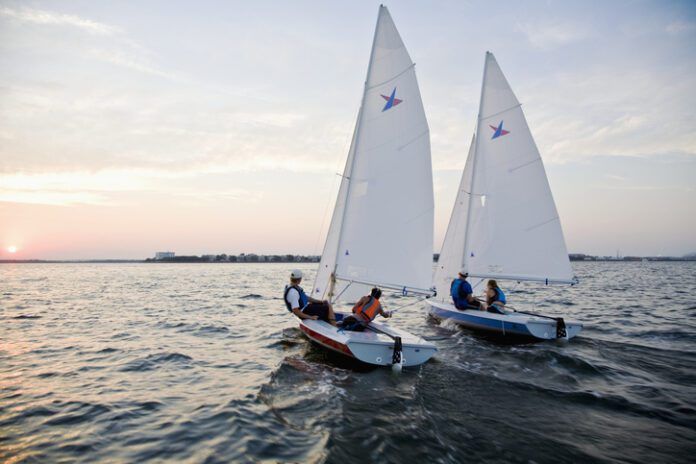How do you define “entry-level cruising boat”? How about this: “a boat that lives in the water, on a mooring or in a slip, and that has space on deck and below in which, say, four people can relax, eat, sleep, and travel in protected waters for a few days in decent comfort.” In our attempt to review a trio of popular boats fitting this description, we chose the Beneteau 311, Catalina 310, and Hunter 326.
These boats have all been replaced by newer models, so pricing on the used market is attractive. They seemed to match well in terms of size, sail area, ease of operation, accommodations, and price. Dimensions are comparable, as are working spaces on the deck, the type and arrangement of gear, cockpit size, and space and furnishings below. All are equipped with a suit of sails and headsail furlers. Sure, Catalina builds a 30-footer, and the 320 that could possibly have been included. Hunter has a 306, a twice-stretched version of the Hunter 28 … and so on. But this is a batch of oranges worthy of comparison. Depending upon options added, shipping, and commissioning, the range is $60,000-$80,000 for a new boat in this market. Competitive pricing makes these boats worth a close look when compared to used boats in the same size range.
An interesting aside: We learned in talking with builders and dealers that they know their market, including personality types, and the likely use of the boats. By their accounts, Catalina owners are more likely to sail, and work on, their boats; Hunter owners are more likely to use the boats for dockside entertainment, and reach for a credit card when repairs are to be made. Beneteau owners seem to fall somewhere in between.
From the comparison of the Beneteau 311, Catalina 310 and Hunter 326. To read the complete review of these three boats, in addition to eleven other entry-level cruisers, purchase and download the ebook Entry-Level Sailboats, Volume One from Practical Sailor.







































